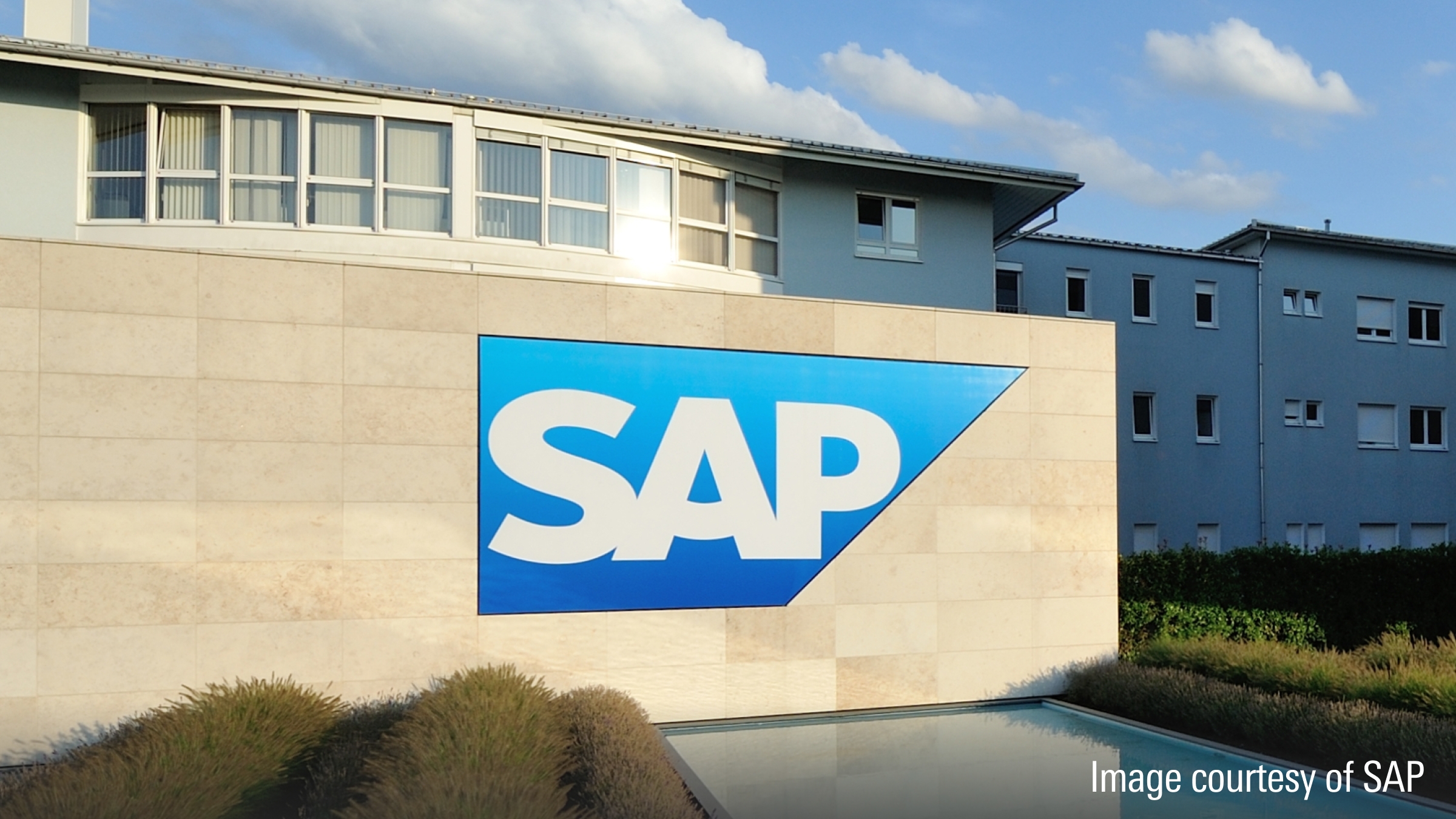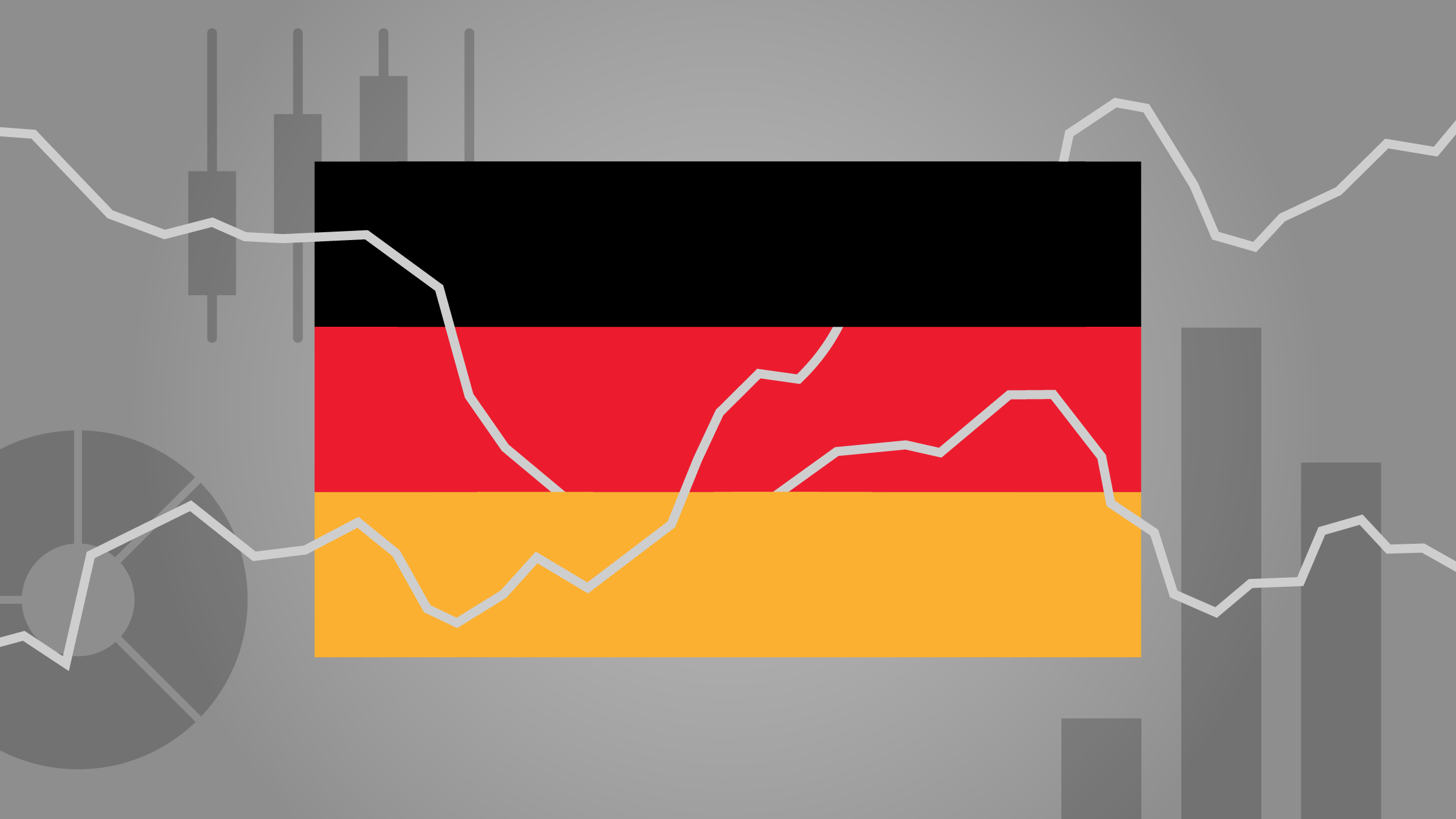Rolle im Portfolio
By providing broad exposure to Swiss mid-cap stocks, the fund can serve as a tool for asset allocators looking to control their market-cap and style exposures. This fund is suitable as a core holding in a Swiss or European equity allocation given its broad holdings across various companies and sectors. The SMIM Index is fairly diversified from the perspective of individual stocks, with the top 10 holdings accounting for 52%-55% of the index’s weighting. However, mid-cap shares tend to be more volatile than blue chips.
This fund can also act as a tactical tool to give an overweighting to Swiss mid-cap equities within a diversified portfolio. It could be useful for those who want to place a bet on the near-to-medium-term prospects of this asset class as a whole under the belief that they represent good value on a stand-alone basis or as compared with large-cap equities.
Non-Swiss investors can also use this fund to gain exposure to the Swiss franc, arguably one of the world’s most stable and strongest currencies. However, these investors should be mindful that a strengthening franc will enhance the return of this fund as denominated in their home currencies, but a weakening franc will weigh on its performance as measured in their home currency.
Fundamentale Analyse
Mid-cap shares are often considered an attractive investment because of their greater growth potential and superior risk/reward profile compared with large-cap shares in the medium to long run. This theory has proved true in Switzerland, with the SMIM Total Return (TR) outperforming the SMI TR by 3.1 percentage points on an annualised basis over the trailing 10 years and by 1.1 percentage points over the trailing five years. As expected, the SMIM has also exhibited higher volatility (for example, 16.9% versus 13.5% over 10 years) as its constituents tend to be smaller, less diversified, and less well-capitalised companies. This leaves mid-caps more sensitive to macroeconomic risks. Notwithstanding, we think that this fund contains strong, solid brand names including highly specialised companies like Schindler and Kuhne & Nagel, which are world leaders in their respective fields.
Thanks to their high value-added nature, these companies weathered the global financial and economic crisis better than many others. They also showed resilience to the strong franc, which, driven by its safe-haven status, appreciated considerably after the crisis.
In an effort to contain franc appreciation, support growth, and prevent sustained deflation, the Swiss National Bank introduced a CHF/EUR 1.20 FX peg target in September 2011. In January 2015, the SNB took many by surprise by dropping the peg, and, to discourage Swiss franc appreciation, the bank also cut interest rates to negative 0.75%. This negative rate setup remains in place as of this writing.
Swiss monetary policy settings are likely to be kept in ultraloose mode for a very protracted period, not least given the European Central Bank’s equally ultraloose stance. The Swiss franc, nevertheless, is still too strong and continues to weigh on exporters, especially those that generate most of their sales outside Switzerland but manufacture domestically.
Another source of concerns for Swiss companies is the slowdown in emerging markets and particularly China. Swiss companies have increased their exports to China and are now more dependent than ever on its economic growth. The world’s number-two economy continues to post robust growth rates of 6%-7%, but this is lower than what the world had become accustomed to.
Indexkonstruktion
The SMIM Index (SMI Mid) comprises the 30 largest mid-cap stocks on the Swiss equity market that are not included in the blue-chip SMI Index. As in the case of the Swiss Market Index, it is free-float-capital-weighted and the components are selected according to market capitalisation and turnover. Financials and industrials are the most heavily weighted sectors, representing 20%-24% of the index's weighting each, followed by healthcare (15%-19%) and consumer staples (13%-16%). Sonova, Lonza, and Kuhne & Nagel are among the top constituents, with a 5%-7% weighting each.
Fondskonstruktion
The fund uses full physical replication to track the performance of the SMIM Index. The fund may engage in securities lending but at the time of this writing no information related to it was made available on the company website. While securities lending can help generate additional revenue, it also introduces counterparty risk. To protect the fund, the borrowers are requested to post collateral. Dividends (including withholding receivables) are reinvested in both the SMIM constituents and index futures depending on the amount and time frame until the next distribution date. It is worth noting that this Switzerland-domiciled fund is not compliant with UCITS and therefore is only authorised for commercial distribution in Switzerland and Liechtenstein.
Gebühren
The fund levies a 0.45% total expense ratio, which is at the top end of the range for ETFs tracking Swiss equities. Moreover, the tracking difference (fund return - index return) over the past few years suggests that the total holding cost is higher than the total expense ratio. On top of holding costs, ETF investors will typically be charged trading costs, including bid-offer spreads and brokerage commissions, when buy and sell orders are placed for ETF shares.
Alternativen
Investors seeking a cheaper and better-performing alternative to this fund can turn to the UBS SMIM ETF, which has a total expense ratio of 0.25%.
Alternatively, those interested in the large-cap shares segment of the Swiss market could consider ETFs tracking the SMI or Swiss Leader Index.
The SMI comprises 20 of the largest and most liquid stocks listed on the Swiss stock exchange. With a total expense ratio of 0.20%, the UBS SMI ETF is the cheapest and best-performing SMI ETF.
The SLI comprises the 30 largest and most liquid stocks on the Swiss stock exchange. It has a capping mechanism, whereby the index weighting of the four largest constituents is limited to 9% and the weighting of all other components to 4.5%. This capping mechanism provides stock and sector diversification. With a total expense ratio of 0.20%, the UBS ETF (CH) SLI is the cheapest and best-performing SLI ETF.
Finally, those looking for broader market exposure could consider ETFs tracking the Swiss Performance Index, which is composed of large, mid-, and small caps. The iShares Core SPI (CH) charges a total expense ratio of 0.10%.
















